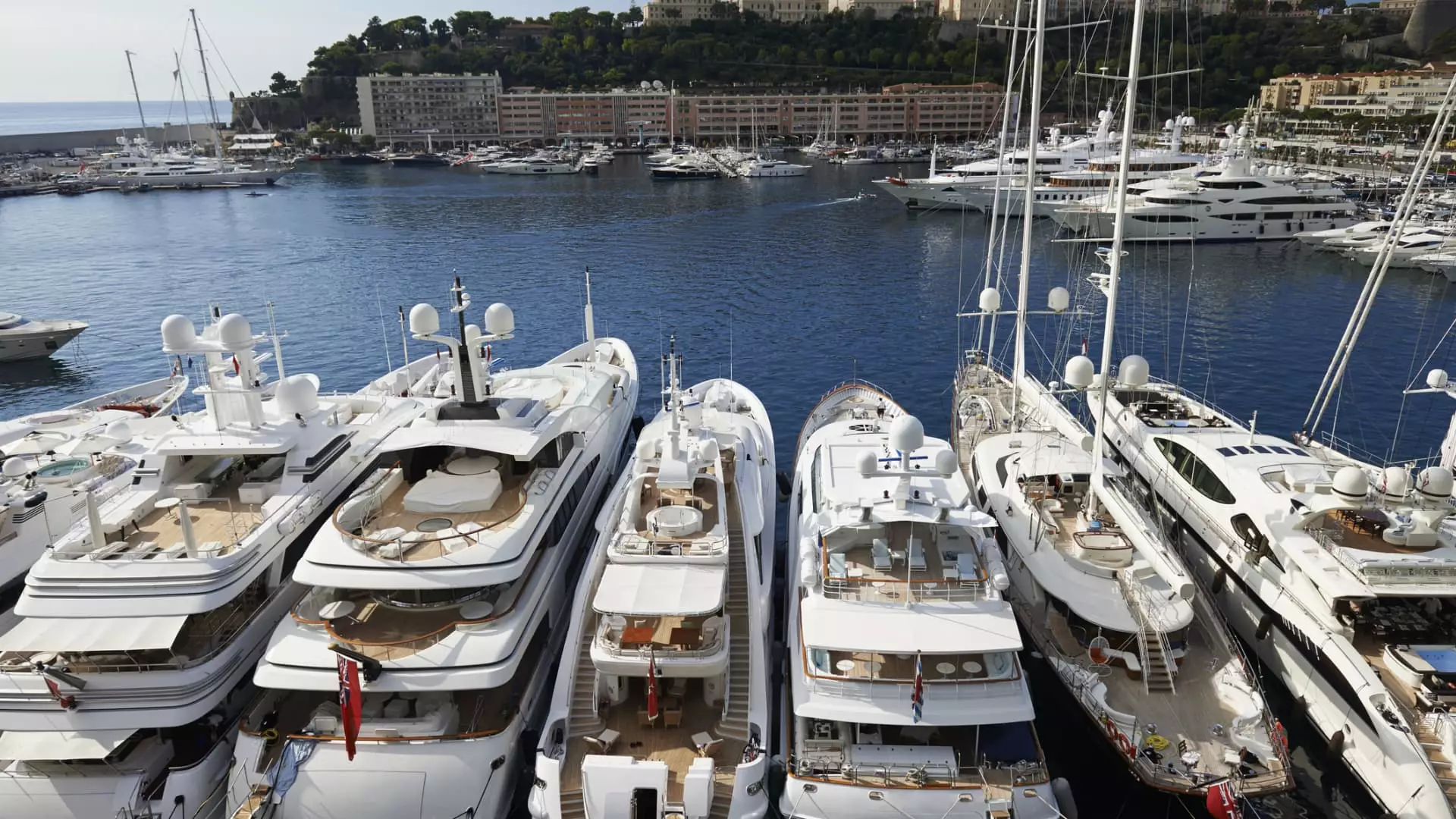The recent imposition of a 15% tariff on European-made recreational boats and yachts reveals a troubling trend in global economic policy—one that risks undermining long-standing international markets while ostensibly protecting domestic interests. While policymakers often champion tariffs as a way to bolster local industries, the reality is far more complex and often detrimental. In this case, European shipbuilders and American luxury consumers find themselves caught in a web of unintended consequences that threaten to distort the very fabric of the recreational boat industry.
This tactic, rooted in protectionist ideology, ignores the inherent interconnectedness of modern global commerce. European yacht manufacturers have long been integral to the U.S. high-end leisure market, with many American buyers opting for European craftsmanship, innovation, and tradition. The new tariff not only introduces additional financial burdens but also destabilizes these established relationships, risking a ripple effect that could reshape the luxury boating landscape.
The Economic Ramifications for Consumers and Industry
Luxury yacht buyers—often high-net-worth individuals—are rarely deterred by modest price increases. Yet, this time, the added 15% cost is more than mere pocket change; it threatens to alter purchasing behaviors and investment strategies. Many affluent buyers, who can comfortably absorb higher costs, may nevertheless question whether the added financial burden is worth the prestige and quality associated with European brands.
Furthermore, the industry itself faces a dilemma: how to adapt to these new tariffs without alienating loyal customers? Many shipbuilders and brokers warn that the tariffs will prompt a surge in creative avoidance strategies rather than a decline in demand. Registering yachts abroad—known as “foreign flagging”—becomes a common fallback, enabling owners to sidestep tariffs entirely by leveraging international agreements and logistical loopholes. While this might benefit a limited segment of the market—larger yachts primarily—the rest will likely bear the costs or abandon plans altogether.
This shift could escalate existing disparities within the maritime industry. Companies manufacturing smaller vessels or those unable to navigate complex registration schemes will bear the brunt, further widening the gap between the “haves” and “have-yachts.” Such inequality compromises the notion of a fair and competitive marketplace, skewing consumer choice toward the most resourceful or well-connected.
Reshaping the Future of Luxury Nautical Investment
The unintended consequences of these tariffs extend beyond immediate costs. They threaten to depress the prestige and accessibility of European yacht brands, allowing U.S.-based manufacturers to capitalize—at least temporarily—on the shifting tide. Companies like Westport, Trinity, and Burger Boat may see increased demand as super-yacht owners seek alternatives less affected by tariffs. This effect, however, only applies to a select few at the top end of the market.
Meanwhile, the broader industry risks stagnation, especially in the preowned yacht segment, which has struggled post-pandemic but could benefit from a market rebalance. If buyer hesitance and increased costs persist, demand for U.S. vessels might rise, but at what expense? The core issue lies in the protectionist approach that pits domestic interests against global interconnectedness, resulting in a fragmented industry that is less innovative and more divided.
This strategy risks creating a paradox: a domestic industry purportedly protected by tariffs could become less competitive, less innovative, and ultimately less attractive to global buyers. And in the long run, the entire luxury yacht market could suffer from reduced diversity, higher costs, and diminished international collaboration—an ironic outcome for an industry built on craftsmanship, innovation, and global appeal.

